Cities & Urban Design

Right to Dream Ghana

Fleet Street Quarter Public Realm Strategy

Avon Lake Renewable Master Plan

Amtrak – Baltimore Penn Station Lanvale Expansion

Englewood Agro-Eco District Land Use Plan
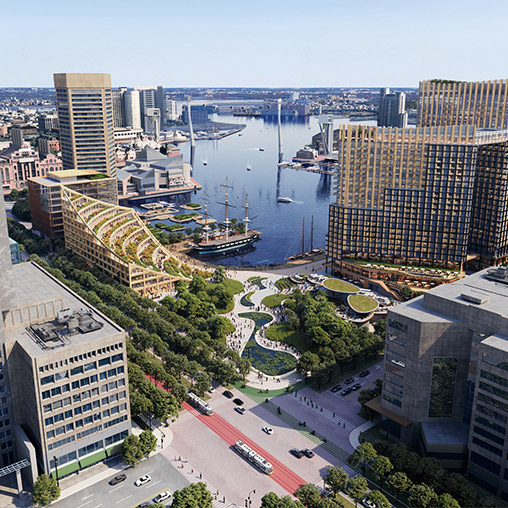
Harborplace

The AVE + West Humboldt Park Corridor Plan

Black Ensemble Theater

Haizhu Innovation Bay
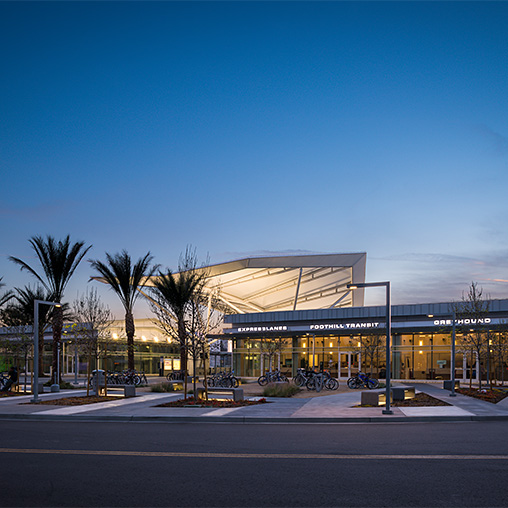
El Monte Busway and Transit Pavilion

Western Kentucky University Campus Plan

University of Tasmania Urban Precincts Master Plan

205 Feddan

First Creek Redevelopment Plan
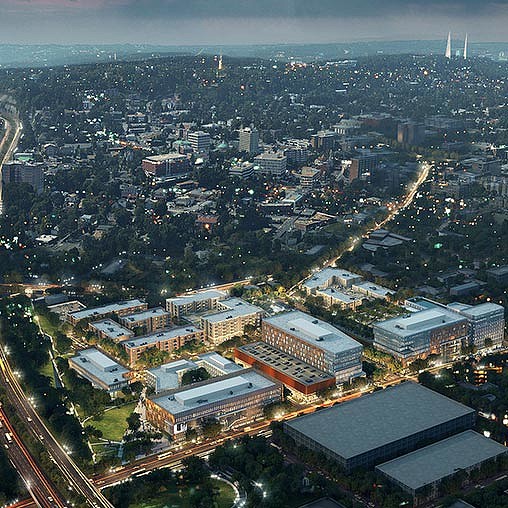
Southtown Redevelopment Plan

Citadel Mall Redevelopment Plan

Peña Station Transit-Oriented Development Plan

Hollywood Boulevard Walk of Fame Streetscape

Corferias 2030

Southbridge Redevelopment Plan

Menlo Park Innovation District Plan

New Carrollton

Dubai International Financial Centre (DIFC)

Msheireb Downtown Doha

Abu Dhabi Financial Centre
Urban Design & Master Planning
From new cities to urban districts to individual blocks, we design places that connect people. Our urban design plans balance public realm, vertical development, and complex urban systems. We work with developers, public agencies, non-governmental organizations, and institutions at all stages, from vision plans and feasibility studies to entitlements and implementation.
Transit & Mobility Planning
Our clients include public transit agencies, developers, and public-private partnerships delivering major infrastructure projects and transit facilities. We bring deep expertise in transit-oriented and multimodal development and believe that new and alternative mobility strategies can influence how we plan for the next generation.
Special District & Campus Planning
We offer specialized expertise in projects involving sports, entertainment, retail, and educational facilities to anchor urban districts and catalyze development. We work with economic development agencies, professional sports teams, universities, and developers to create compelling and functional plans for transformational projects.
Long-Range & Strategic Planning
We assist municipalities and institutions in setting long-range visions and policies that guide development for the future of our cities. Our planners and strategists are experts in the public process, with experience in stakeholder engagement and facilitation.
Neighborhood Planning
We believe in equitable neighborhoods that provide access to opportunity and choice. With a sensitive approach towards the unique scale of neighborhoods, we plan thriving and cohesive places to live. We work directly with public agencies and community organizations to create unique stakeholder-driven plans that prioritize residents’ needs, honor the past, and look to the future.
Affordable Housing
We recognize that many of our global cities are facing a housing crisis and take an active role in ensuring housing for all. Our team offers experience planning and designing affordable urban housing solutions for all income levels.

City Pulse 2023: The Future of Central Business Districts

A New Strategic Vision to Revitalise London’s Fleet Street Quarter

Reimagining Public Space in the Mixed-Use Indian Landscape

Toronto’s New Deal Highlights the Importance of Healthy Cities

What’s the Recipe for a Great Central Business District?

COP28 Wrap Up: Bringing People Together for Global Collective Change

The Future of Downtown Is the Lifestyle District

Trends to Watch: The Future of Cities Relies on Multiuse Districts

Ecological Urbanism Is the Future for Cities in the GCC

The Future of Central Business Districts Depends on More Than Office Buildings

AI and the Future of Smart(er) Cities

Why We Need Bold Change to Revitalize Our Cities

Dear Downtown, Let’s Rewrite Our Story
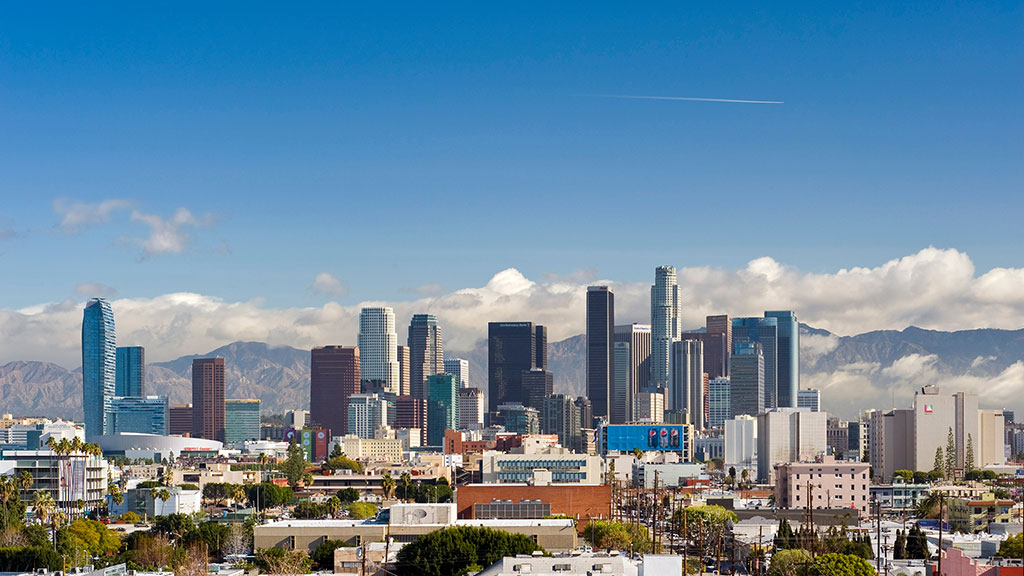
A Viable Future for L.A. Starts With Public-Private Partnerships
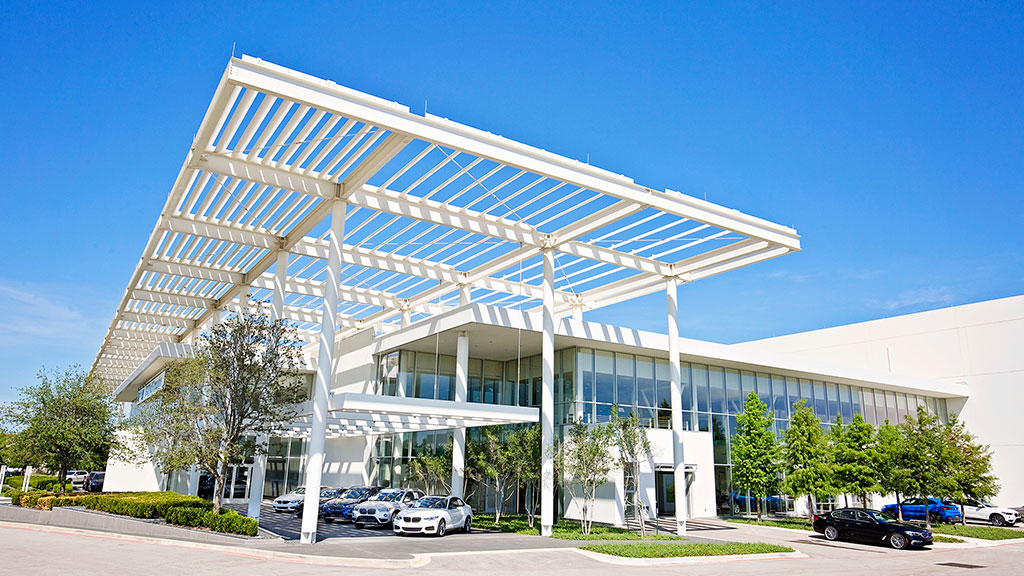
The EV Revolution — And Why Charging Stations Are So Critical

Understanding the Modern Transit Passenger Experience
General master planning is rapidly evolving toward specialized city design that can meet blended work-life demands.
Urban centers today require a unique and specialized approach to meet the demands of 21st Century living, marking the end of generalist master plans. Urban planners and designers should consider more mixed-use, flexible approaches that integrate living, working, and leisure into every district and development to cater to the varied needs of urban dwellers.
Demand for affordable housing will be met through strategic partnerships with non-profit developers.
To overcome the regulatory and economic barriers that often face affordable housing, urban designers can leverage partnerships with non-profit, mission-driven developers who can progress projects more quickly and at lower cost. As the focus turns to more social-based developments, harnessing the right partners including developers, housing authorities, and non-profits will be imperative.
Investment in adaptation strategies will continue to increase the profitability and desirability of urban real estate.
Adapting to the impacts of climate change through measures such as urban green cover, resilient public spaces, and equitable design can mitigate the impact of climate change in the built environment. Local governments and city planners have an opportunity to demonstrate the long-term return on investment and incentivize sustainable and resilient development through tax benefits.


Andre Brumfield

Ian Mulcahey

Christopher Rzomp

Dylan Jones

CNN Style Rounded Up Architecture That’s ‘Set To Shape the World in 2024,’ Including EVE Park

Gensler’s Reinvigoration of London’s Fleet Street Quarter Aims to Create a More Unified and Improved CBD Experience

Gensler’s “Radical” Vision for a Public Realm Transformation of London’s Fleet Street Quarter

Here’s Why “Hybrid Workers Are Actually a Big Part of the Reason Downtowns Are Hanging On”

New Survey Reveals That Hybrid Workers Aren’t to Blame for the Urban ‘Doom Loop’

Bloomberg Explored Dowtown Experiences With Gensler Global Cities Lead Sofia Song

MCB Real Estate Unveiled Gensler’s Renderings of the Reimagination of Baltimore’s Inner Harbor

Governor Moore and Mayor Scott Join MCB Real Estate To Unveil Design Renderings for a Reimagined Harborplace

Gensler Is Working With Avenue of the Arts Inc. To Make Philly’s Broad Street Safer and Greener

Reimagining Shuttered Coal Plants as Sites for Economic Growth

Gensler Mobility Leader Dylan Jones Highlights How New Forms of Mobility Will Shape the Future of Travel

The Benefits of Building Cities in Harmony With Nature

Gensler and Nia Architects Will Design a Mixed-Use Development That Expands the Black Ensemble Theater

Gensler-Designed Projects Win 2023 Architizer A+Awards





